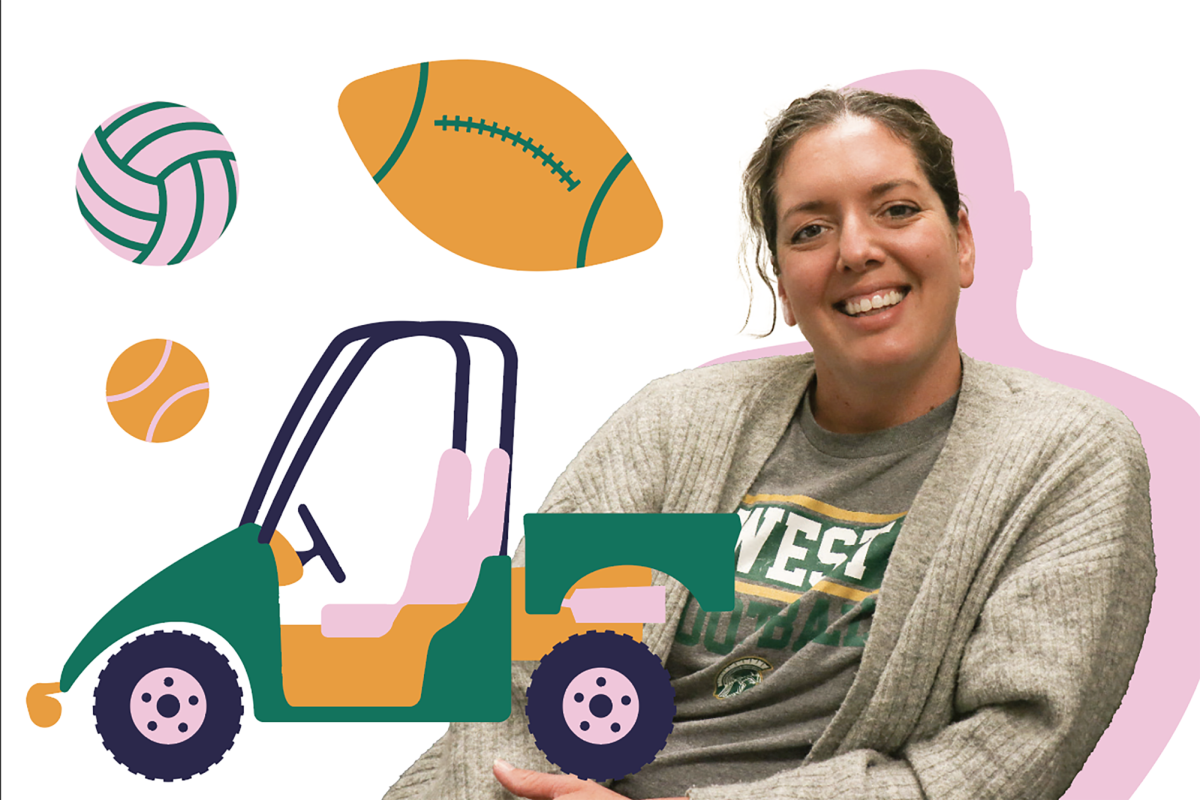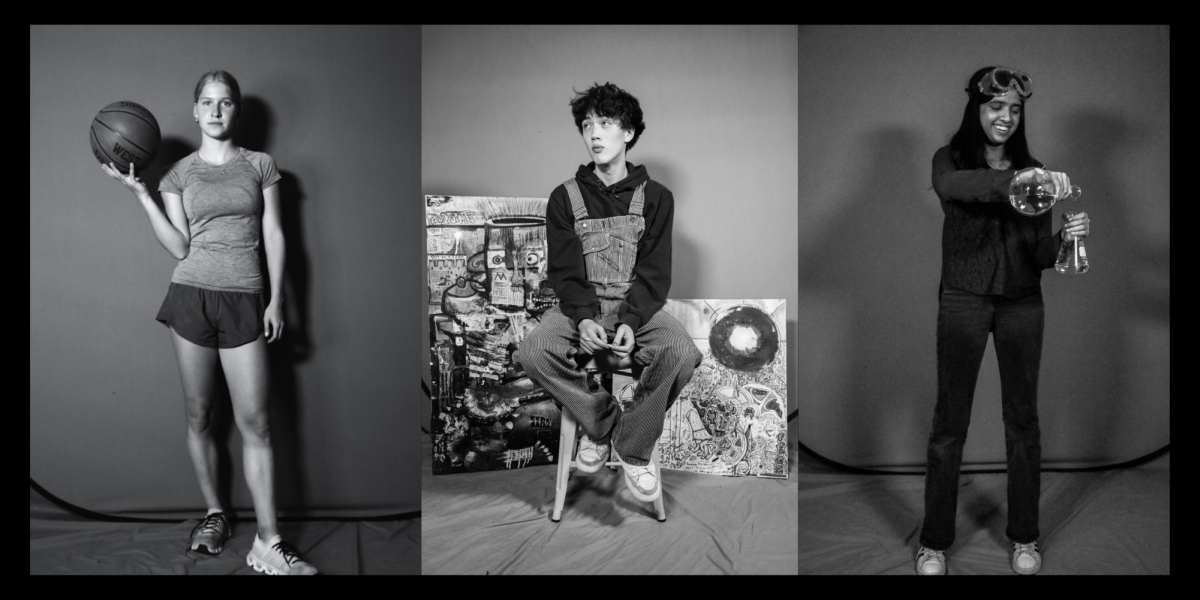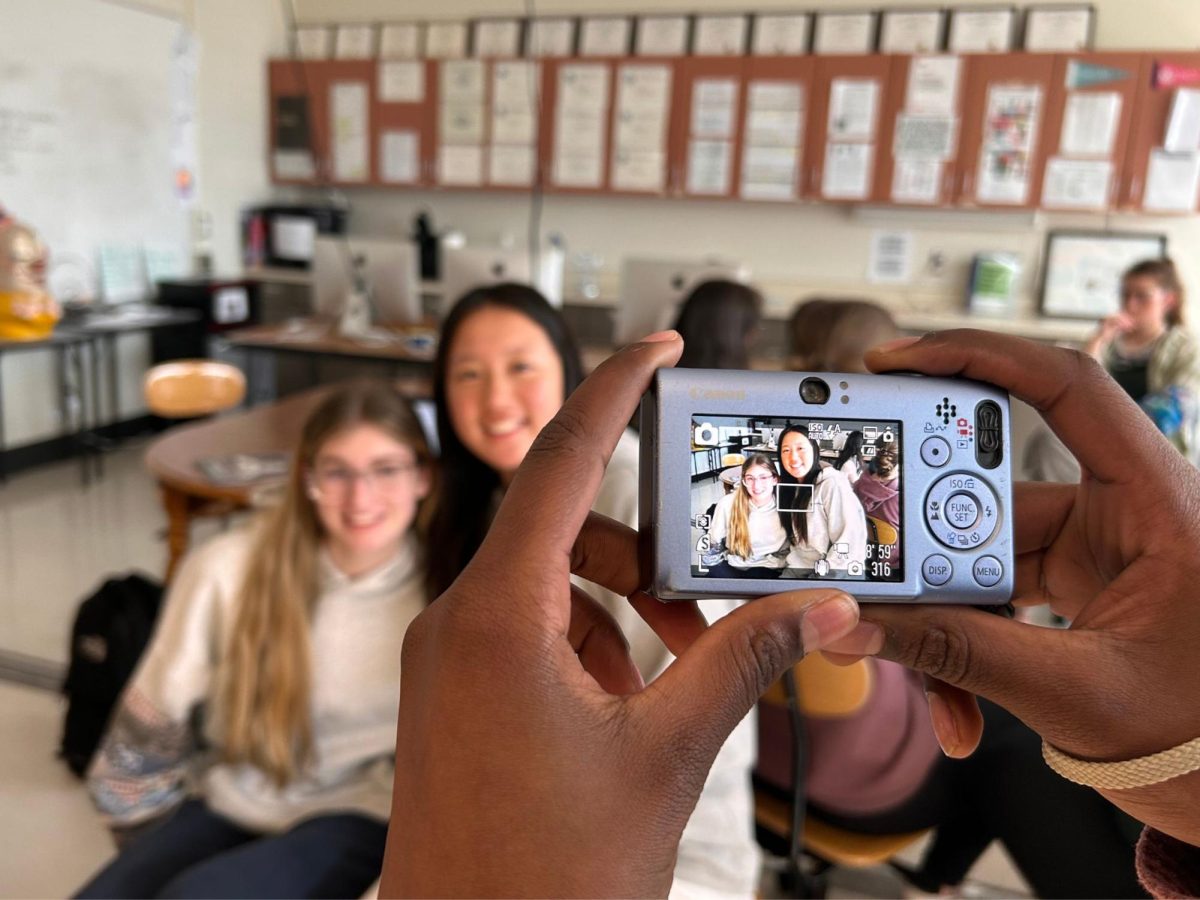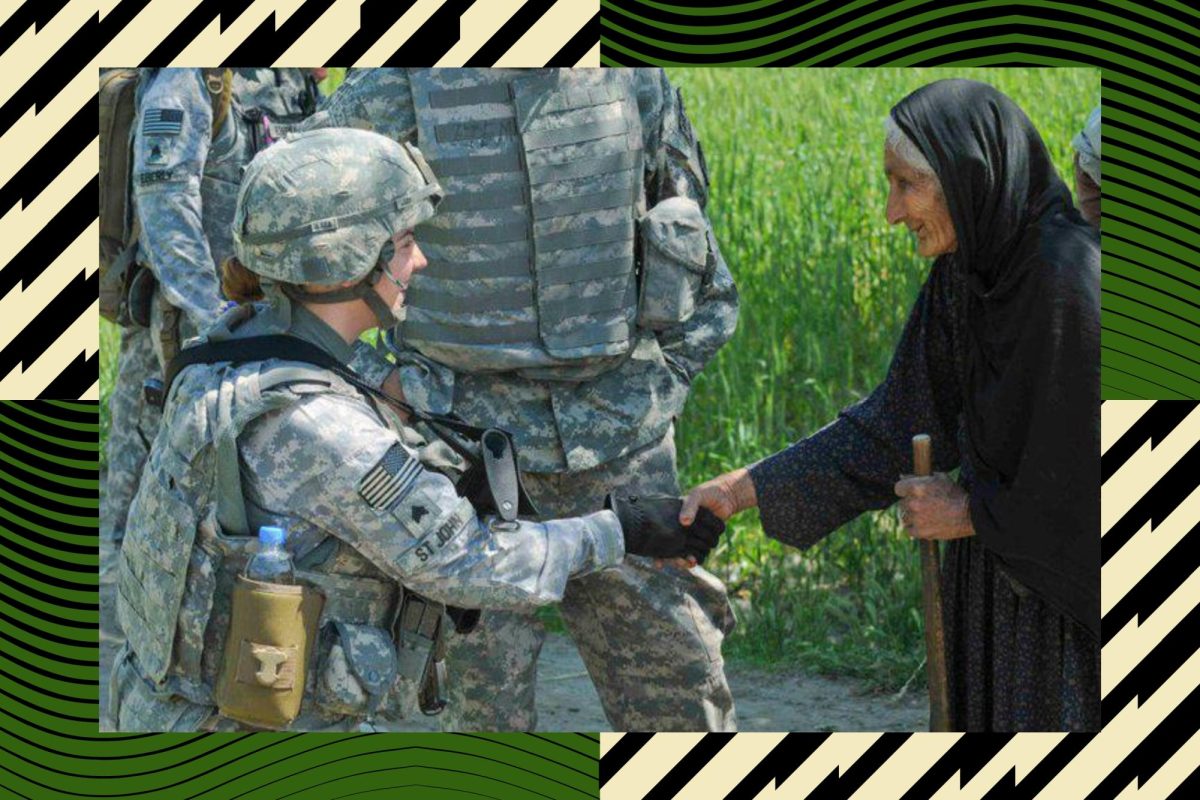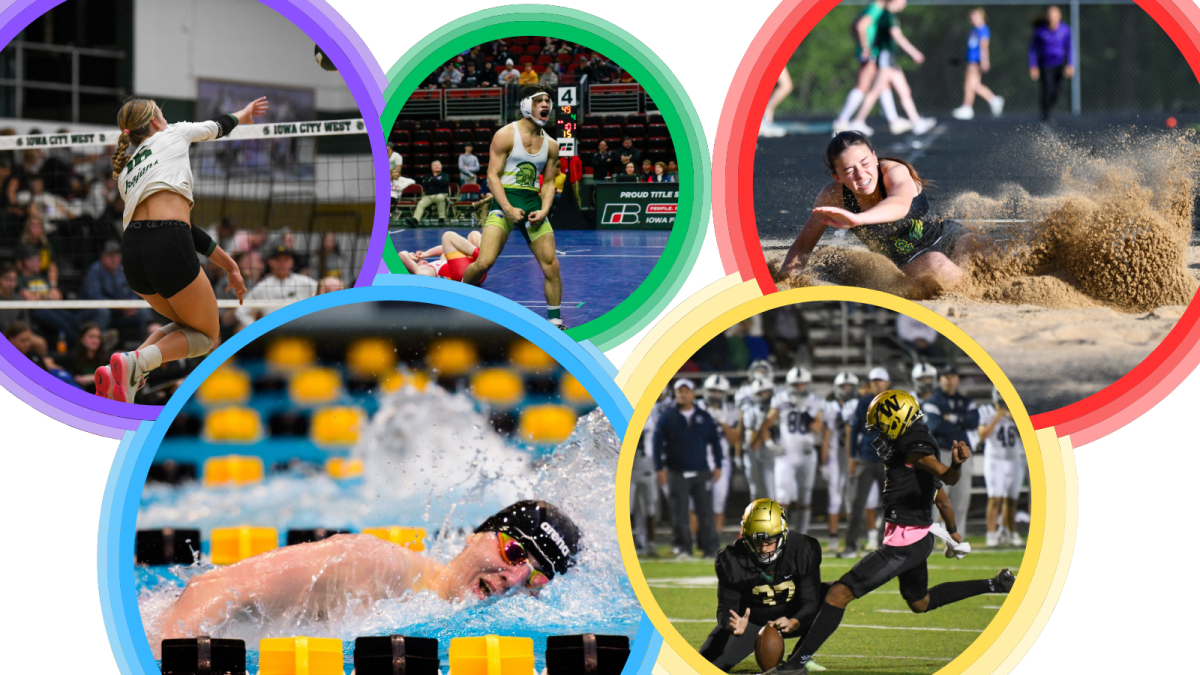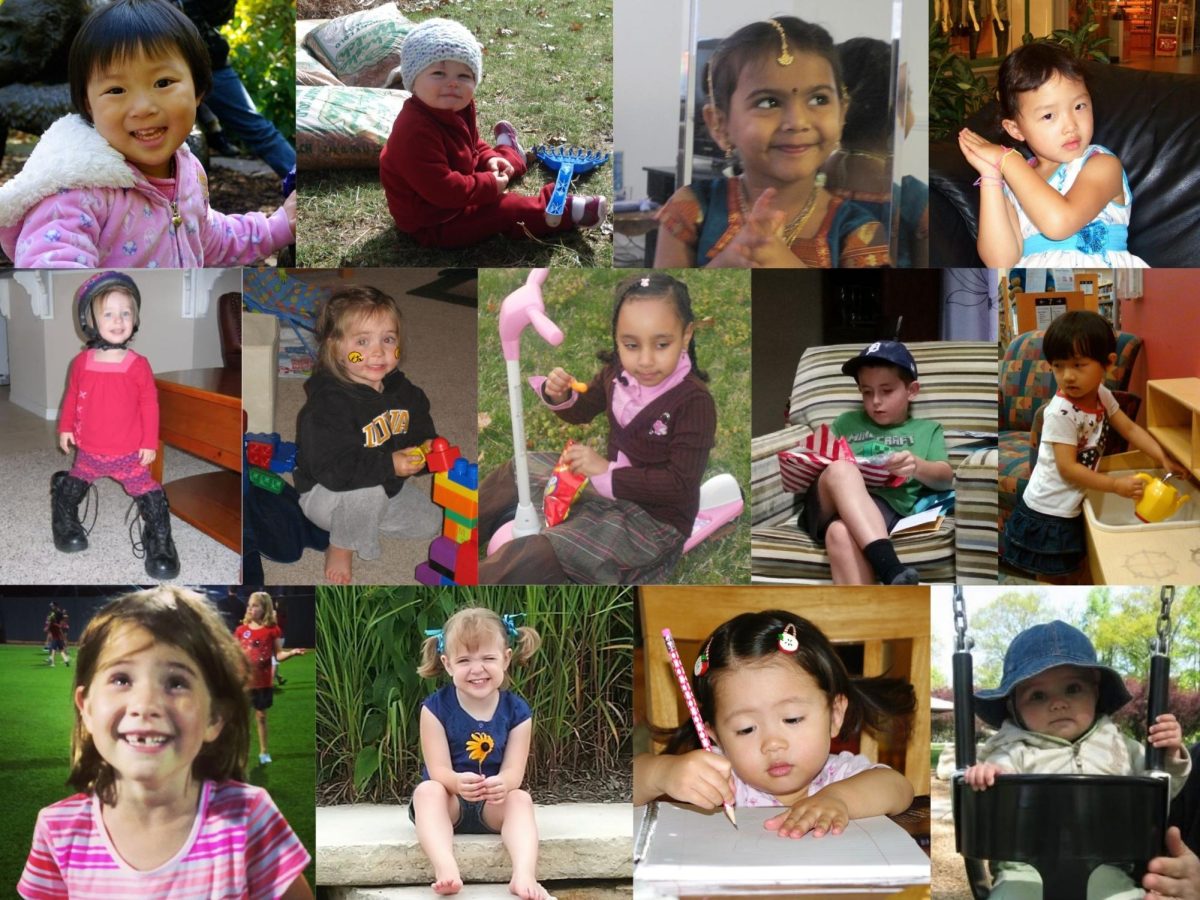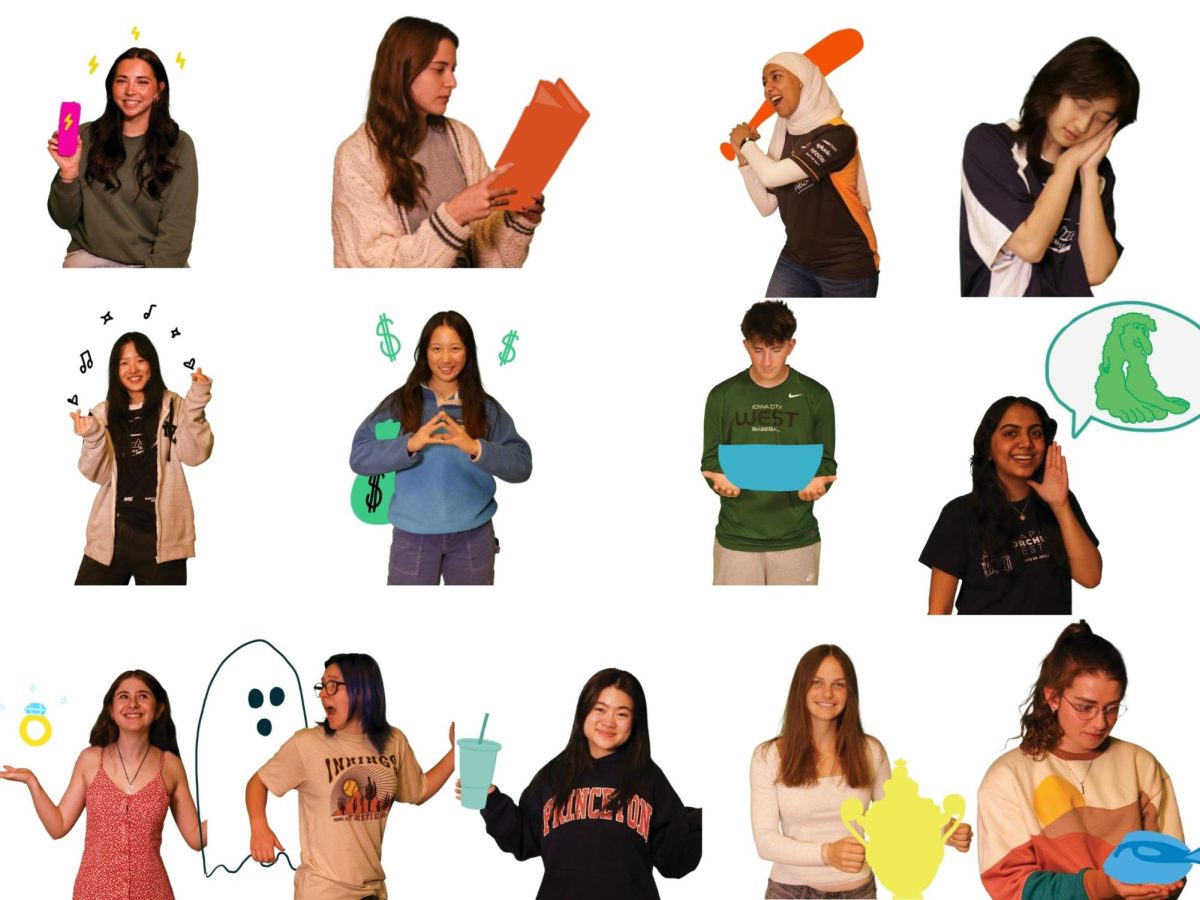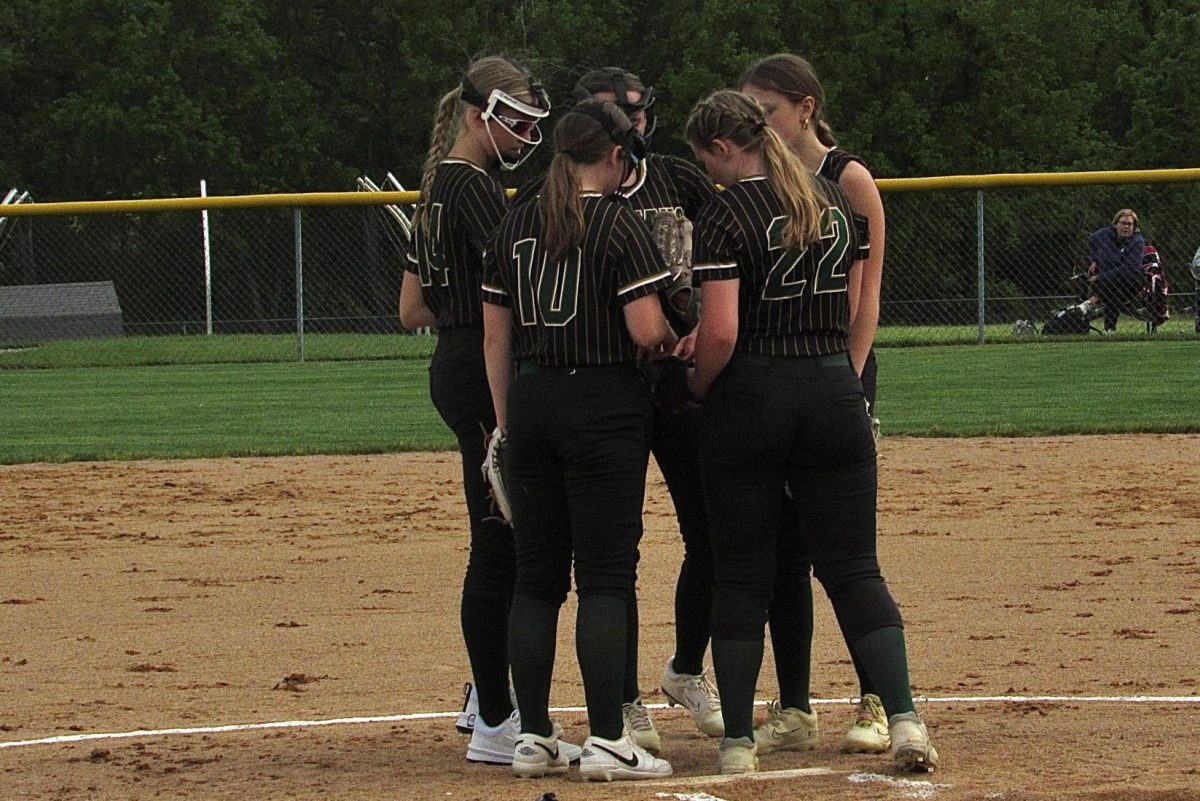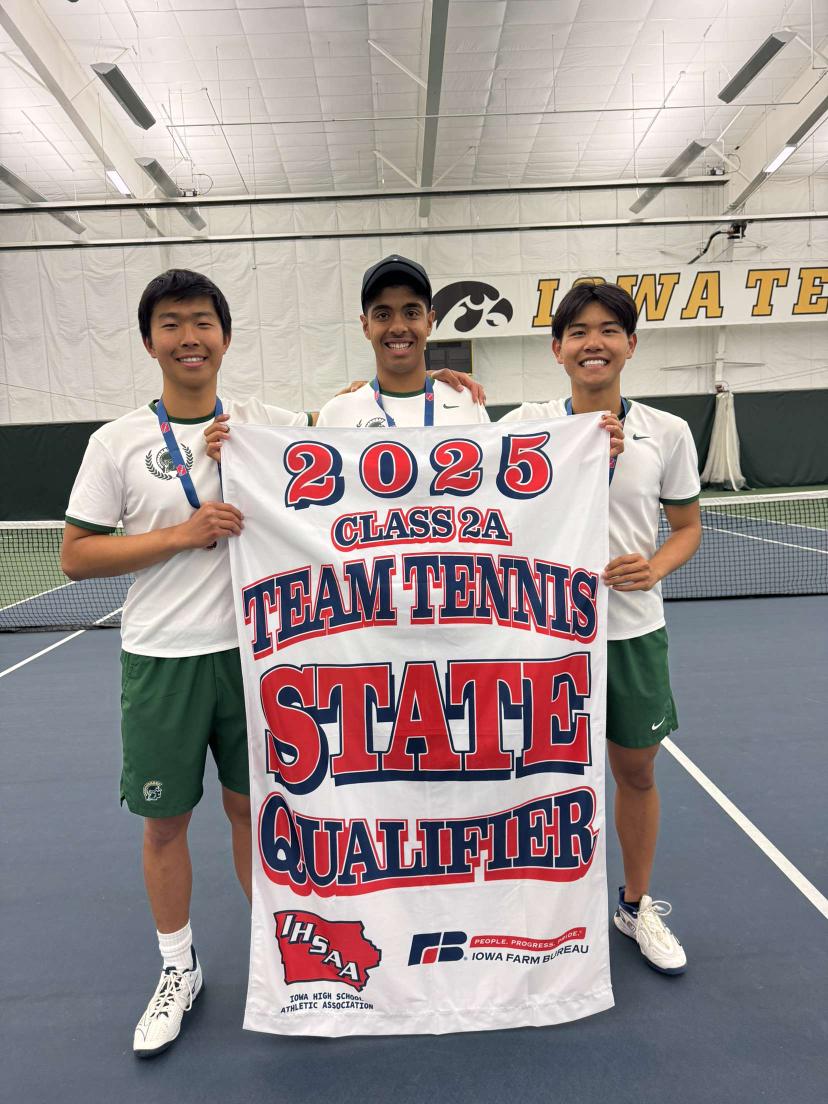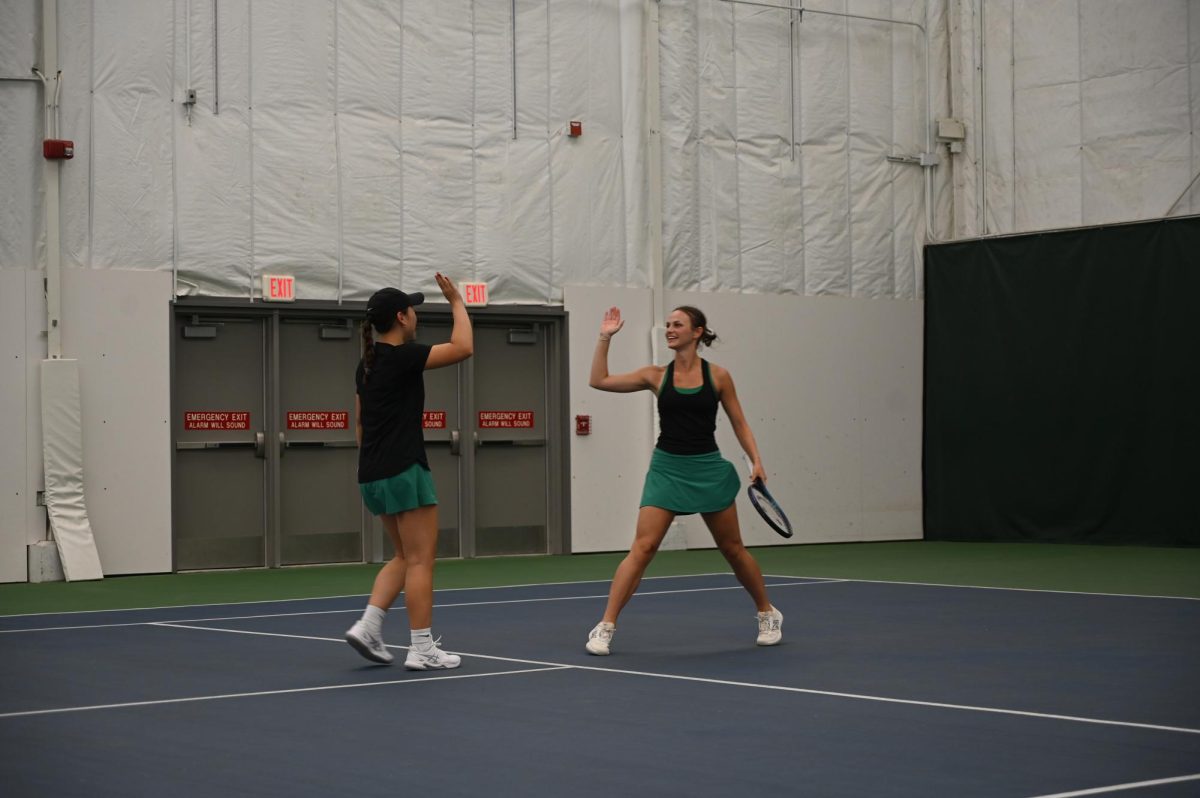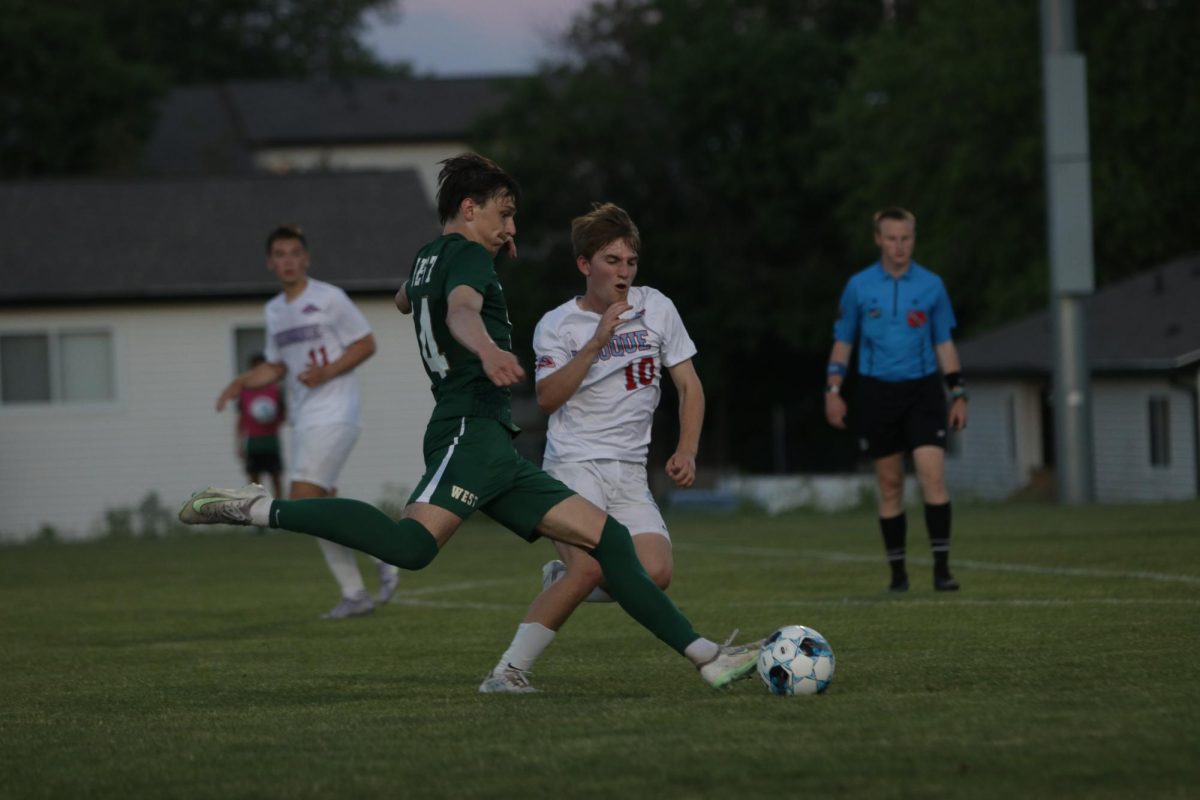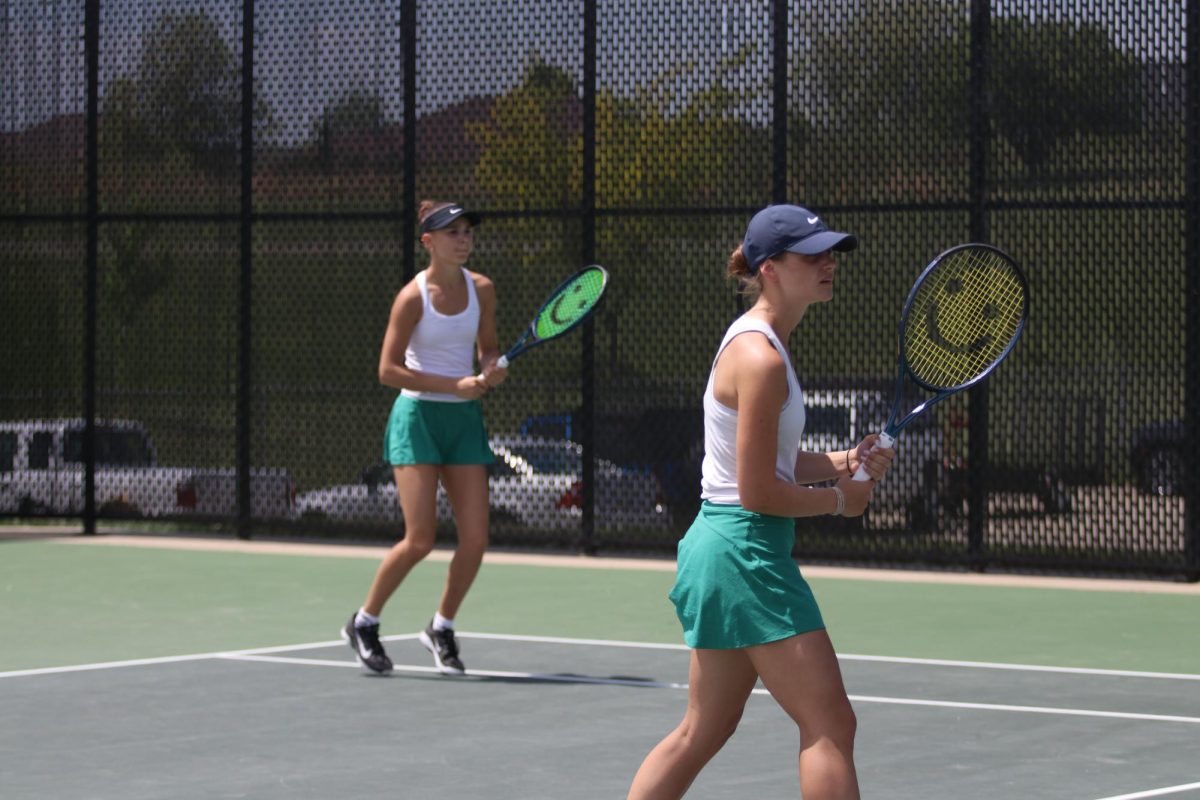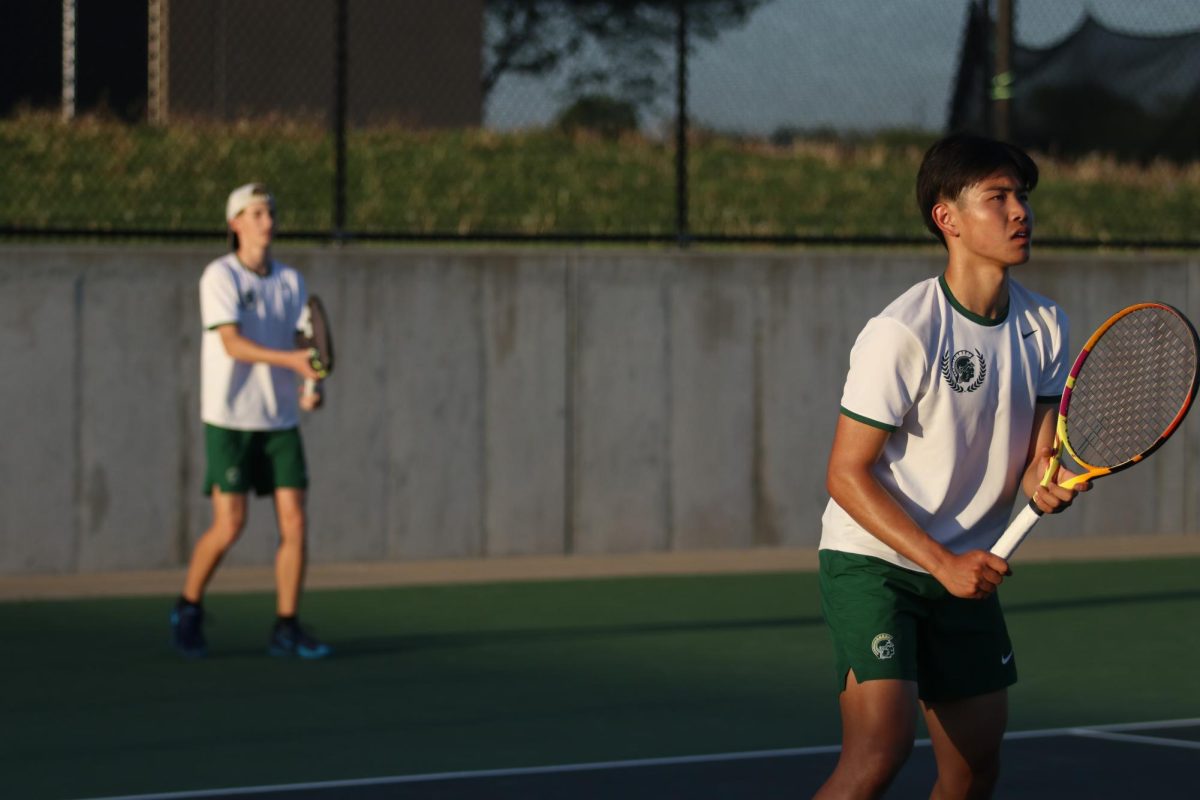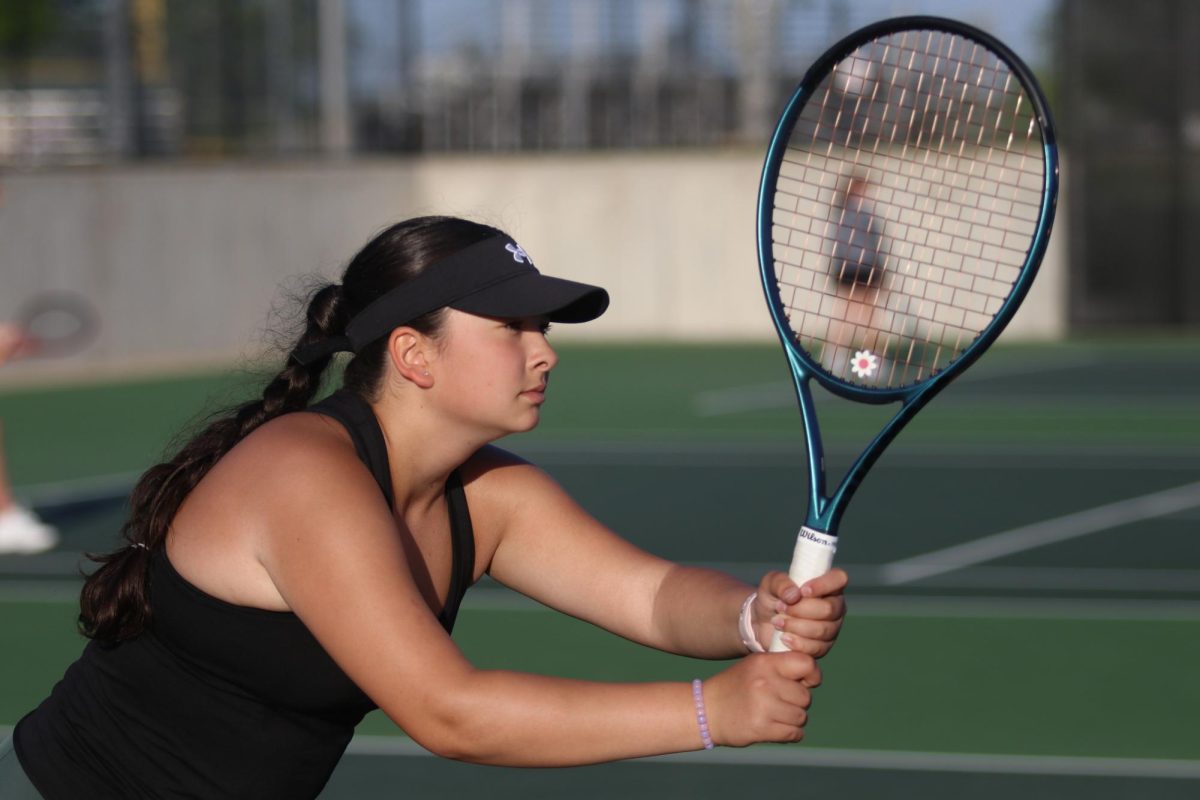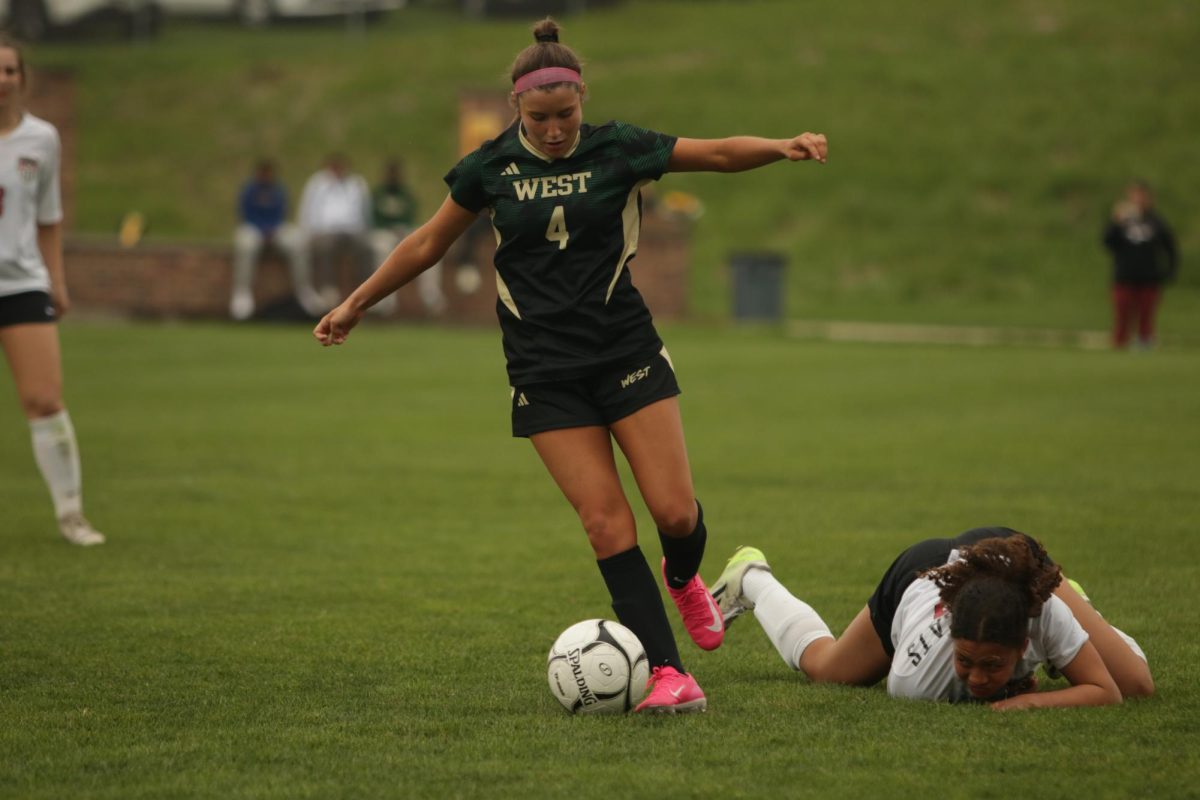As a four-sport athlete at Boyden-Hull High School in northwestern Iowa, Sheila Stiles had no idea what athletic training was. In fact, her school didn’t even have a weight room. The only space dedicated to treating athletes’ injuries consisted of a whirlpool, countertop table and refrigerator.
“I remember there was a time when I sprained my ankle, and the volleyball coach just [used] tape,” said Stiles, who has served as West’s athletic trainer since 2007. “When I hurt my back long jumping, I ended up being diagnosed with scoliosis and went to PT [physical therapy]. That’s what piqued my interest in athletic training.”
Stiles entered the University of Iowa as a physical therapy major but soon realized it wasn’t the path for her. She switched to exercise science with an emphasis on athletic training, allowing her to incorporate sports into her career. After earning her master’s degree, Stiles accepted an athletic trainer position at Division I Western Michigan University.
“I was putting in 70 plus hours a week baseline. I didn’t see myself ever making the money that was needed to even be comfortable. I didn’t see myself having a family with those hours,” Stiles said. “I loved that setting; I loved working with Division I athletes. But I could tell that I was going to burn out.”
As a graduate student in the early 2000s, Stiles worked at West to get real-world experience working with athletes. Five years later, she returned as the newly appointed athletic trainer.
“The quality of life for me as an athletic trainer is way better here at the high school level than it was at Division I,” Stiles said. “[At West], it’s like a family. My kids have been coming to practices since they were in diapers, and they know their way around the school. It’s a very accepting place to work.”
Kira Howells, who is currently pursuing her master’s in athletic training at the University of Iowa, worked with Stiles earlier this year as a part of Howells’ clinical rotations. Before her experience at West, Howells was set exclusively on a career in DI athletic training.
“When I started the program, I didn’t want anything to do with high school. But, I was surprised by how many connections I was able to make with the athletes,” Howells said. “It opened my eyes to the possibilities of what I could do with this career.”
From serious concussions to torn ligaments to fractured bones, Stiles has seen it all. Training and protocol help her stay calm in emergent situations.
“A lot of it is just practicing those really scary scenarios. Can we cut off a jersey, and how quickly can we get a helmet and shoulder pads off? How quickly can we assess [an injured] kid?” Stiles said. “You go into this mode of ‘This is what I’ve learned in school, this is what I’ve practiced,’ and you put aside your emotions in the moment.”
Aside from treating injuries on-site, Stiles also plays an integral role in rehabilitating injured athletes.
“A lot of [rehabilitation] is making sure [athletes] are confident. It’s one thing to get that strength back, but you also have to believe that you can do what you want to do—you can make that cut, you can jump,” Stiles said. “It’s physical to get back from an injury, but there is a huge mental piece as well.”
Lindsey McKane ’25, a volleyball and track athlete, has worked closely with Stiles since she dislocated her knee last year.
“It helps knowing that [Stiles] is always there, and she knows her stuff,” McKane said. “It makes me feel more comfortable if I get injured because I know that she’ll help me through the process—she won’t just slap some ice on it.”
This year, McKane experienced two concussions. Stiles has been central to helping her navigate the concussion protocol, where athletes must undergo repeated testing to monitor their symptoms.
“[Stiles] has been a really big part of emailing my teachers and making sure they’re following the [concussion] protocol. She would always talk to my coaches or text [them] to make sure they were in on my injuries,” McKane said. “That way I didn’t have to communicate everything … she had my back.”
During her rotation with Stiles, Howells noticed the importance of the trust Stiles builds with student-athletes.
“People don’t want to hear that they can’t play, and it’s hard to talk to coaches about that too. [Stiles] is a great middleman in that sense. She’s very understanding and respectful,” Howells said. “She is everything I hope to be as a person and athletic trainer.”
Stiles recognizes that one of her most crucial roles is liaison between athletes, coaches and doctors.
“I consider myself a gatekeeper,” Stiles said. “I’m a go-between [for] doctors and kids, kids and coaches, doctors and coaches. I can facilitate the athlete as best I can to get them back to where they need to be.”
Aside from an overall shortage of athletic trainers, Stiles believes that one of the greatest challenges in the field is not being widely acknowledged as healthcare professionals.
“There are times where I run into that sticking point working with a certain doctor or medical professional—they don’t know who I am or what I can do for kids,” Stiles said.
However, she contends that in Iowa City’s medical setting, the expertise of athletic trainers is respected.
“What’s good about my job is that I have the connections to get you where you need to be,” Stiles said. “If there’s something that needs to be looked at further by a doctor, I have those ins in the community.”
Stiles also assists athletes after their appointments, clarifying what doctors recommended and diagnosed. She credits her strong relationships with West’s coaches as critical to her success with rehabilitating athletes.
“I have a great relationship with most coaches, so if I say, ‘A doctor said this, or I think we should do this,’ they listen. I can tell sometimes they’re frustrated,” Stiles said. “But upset is one thing, disrespectful is another. There’s never [disrespect] here, so it helps me get kids the best care.”
Stiles holds that the most important component of her job is prioritizing the longevity of an athlete’s health, not just preparing them for the next game.
“As the gatekeeper, my job is to make sure that kids are healthy and safe. That doesn’t mean babying them, it means I’m looking out for them and making sure that someday they can pick up their kids and walk up stairs,” Stiles said. “[That’s] pretty dramatic, but over time, these things can be detrimental. I want [athletes] to see that sports are a big part of [their] lives right now, but [there’s] a bigger picture.”



